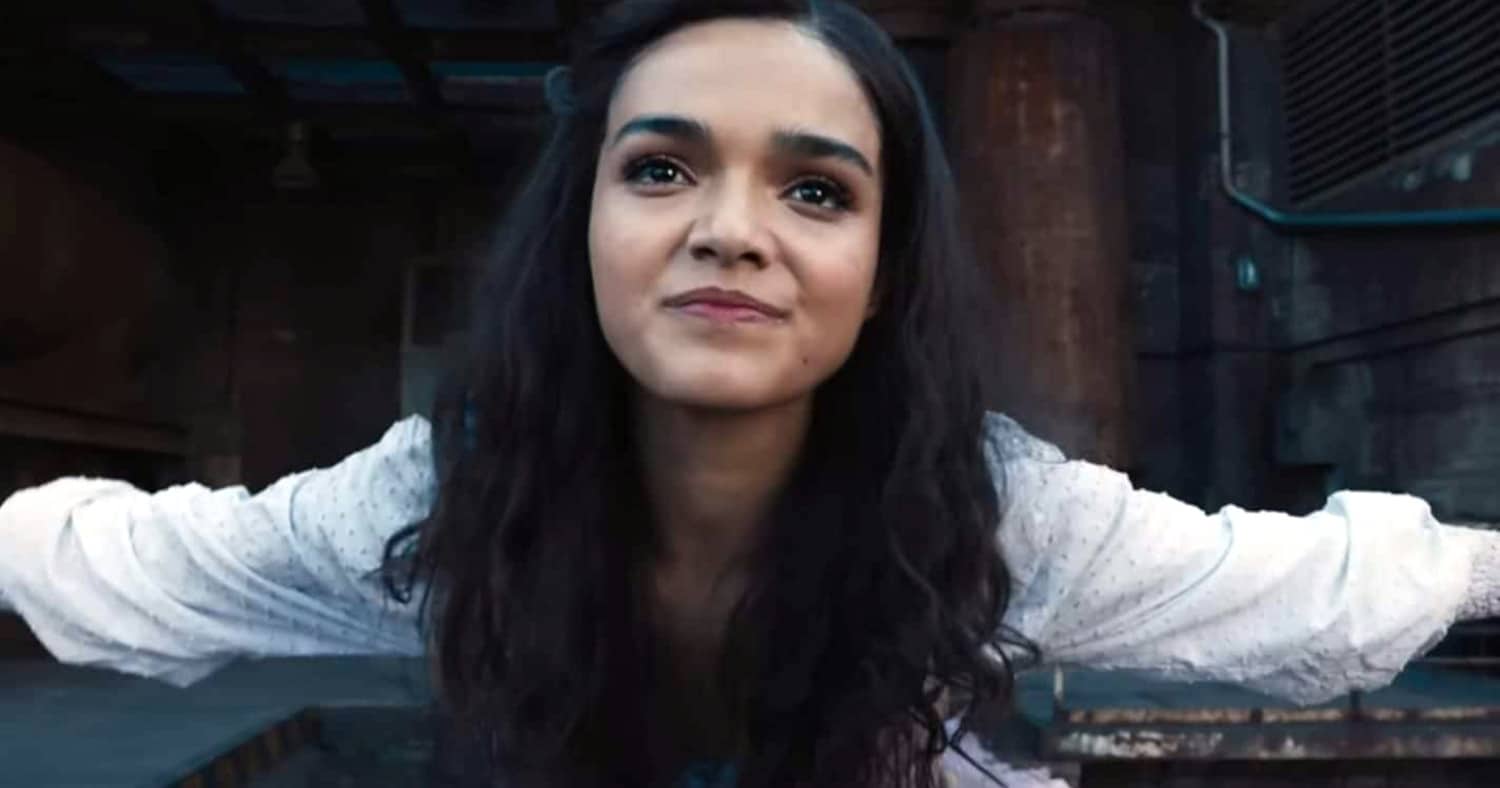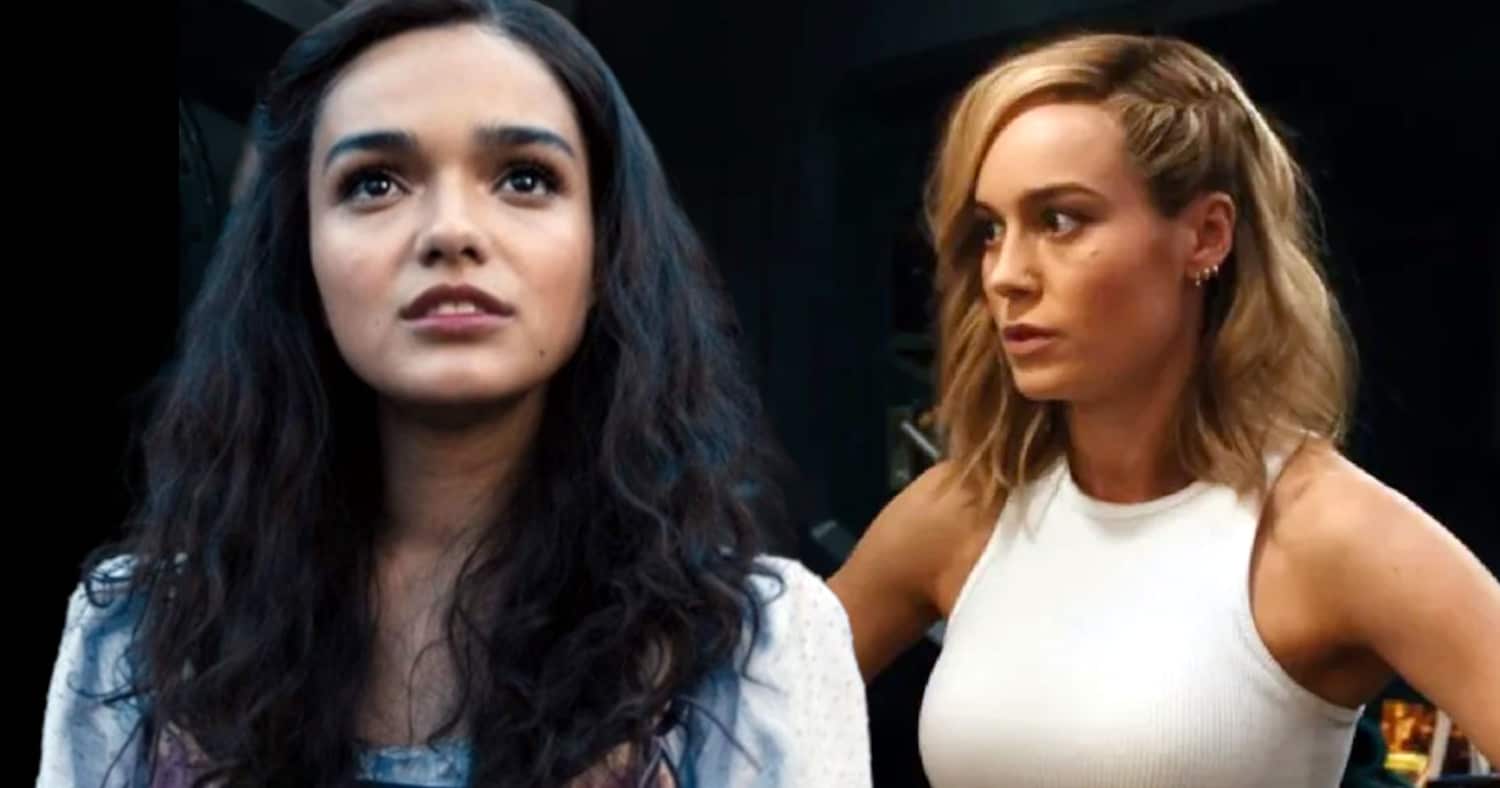Too Hot To Handle
A Film Review of The Hunger Games: Catching Fire
By: Lawrence Napoli
[[wysiwyg_imageupload:12632:]]
You know what’s highly desirable in Hollywood? To own an insanely popular license, adapt it into a series of very lucrative blockbuster films and continue to draw interest in current and future installments from every audience outside the fanboy/girl core thanks to a contractual alliance with (arguably) the most popular individual in Hollywood today. Oh yes, Lionsgate snagged itself two gems in The Hunger Games and Jennifer Lawrence and both continue to pay dividends thanks to Catching Fire’s global take of about $678 million dollars over a budget of $130 as of December 11, 2013. Unfortunately, “bigness” and popularity alone do not always translate into quality and often allows the consumers of particular media to be very apologetic thanks to those two important elements that compose “true value” in contemporary Hollywood productions.
That is not an admission that I personally didn’t care for this movie; quite the contrary. Catching Fire is a superior “Hunger Games” experience from a visual perspective thanks to a much larger production budget than the original. For a story that takes place in the somewhat, not-so-distant future, I never felt that The Hunger Games showcased the kind of world where superior technology permits the aristocratic minority to dominate the impoverished majority. Catching Fire addresses this early and often throughout its run time by displaying more pyro, larger digital set pieces and more CG visuals. This film also demonstrates more accomplished combat and action sequences such as its version of “storm troopers” actually being physically imposing, more energetic training montages than throwing heavy things at stationary targets and much more danger during the actual games than a bunch of teens/tweens stalking each other with swords and spears. As far as contemporary action/adventure films go, Catching Fire looks, sounds and feels like a more proficient blockbuster.
Where I’m beginning to lose a little interest is in the presentation of this story within the confines of a two and a half hour film. Adaptation is an exercise in tough decision making for the screenwriters(s) so there’s always going to be a number of details, subplots and characters that simply do not come to fruition. Unfortunately, the screenwriting trend in Hollywood’s adaptation movement is to include “as much as possible,” which puts a priority on Easter Eggs and sacrifices screen time better used on cinematic exposition and character development for an audience not already familiar with the story. There are too many moments where references are being made (such as the makeup of this society, the importance of the games, the significance of the districts, the tributes, etc.) that simply has not been well established in the ongoing film or its predecessor, and I can’t appreciate any of these new details. Catching Fire’s story is one that communicates a comprehensive plot and a continuation of the trials of Katniss Everdeen, but it’s also one that is devoid of any interesting subplot for any character not played by Jennifer Lawrence. Katniss is involved in every meaningful moment on the screen. No supporting characters outside of the villains have any meat to them and this takes away from the other thing that makes Katniss interesting outside of kicking a– with a bow and arrow: her love triangle. Yes, the audience gets chapter 2 in the pseudo affair of Katniss, Peeta and Gale, but neither boy has a dramatic identity onscreen that isn’t fully dependent on Katniss’s presence. This may not be the case in the books, but this is the best example of an interesting movie conflict that merely gets paid lip service due to time limitations and priorities placed elsewhere.
Performances by the cast are fairly adequate all around, but I was somewhat surprised to find an actor such as Philip Seymour Hoffman involved with this kind of big budget, mainstream extravaganza. I suppose every major actor needs a fat paycheck every once in a while (just kidding, Philip), but his role in Catching Fire, like every other adult’s over the age of 20, doesn’t require any deep emotional exploration and isn’t afforded any real opportunity to do so even if the actor was interested. It’s not exactly the kind opportunity a king of the indy scene salivates over, but he brings veteran charisma and composure to Plutarch Heavensbee as does Donald Sutherland for President Snow as the primary antagonists of this film. Lenny Kravitz once again produces a regal and heart-warming performance as Cinna and Woody Harrelson thankfully steps into more of a leadership role than the loveably drunk, Haymitch has been thus far. Unfortunately, these adults do not elevate beyond the status of window dressing for the featured young adults in almost the exact same manner the veterans that composed the Harry Potter films were utilized.
Liam Hemsworth is given a few more minutes of screen time in this film to prove that his character, Gale, has some romantic feelings for Katniss and he manages to deliver a revered stillness to his performance that would make anyone raise an eyebrow over the fact that he appeared in an Expendables film. I wouldn’t necessarily say that the chemistry he shares with Jennifer Lawrence remotely approaches “sultry,” but there’s a reason for that I’ll discuss later. Josh Hutcherson continues to refine his keen ability to switch between the natural state of Peeta (somewhat unsure of himself and his feelings) and Peeta’s on air personality for reality TV (brave, confidant and charismatic). Josh has to contend with more characters requiring screen time in this film, but the fact that he shows that his character knows how to play the political game of these Hunger Games is satisfying to the audience even if he isn’t exactly the most accomplished combatant.
As expected, Catching Fire is a showcase for Jennifer Lawrence as Katniss Everdeen for all the obvious reasons. She continues to portray an empowered, young woman in a harsh reality that is on equal (if not superior) footing as all the guys. Her best moment of this film is when she gives a speech at the district that her friend Rue (who dies in the first film) was from that shows the audience the exact kind of personality that makes Ms. Lawrence endearing in real life: raw emotion with a matter-of-fact, no BS delivery. Unfortunately, Katniss is not called upon to be her true self too often in this film as the constant surveillance of Capitol TV requires her to act the façade of her “fake” romance with Peeta and her shift from sincerity to “talking head personality” in front of the fictional cameras is evident to the audience. All things being equal, this role equates to fishing with dynamite for Jennifer Lawrence. She’s attractive, trendy and sassy and that’s more than enough to portray a character like Katniss, but I really could have used more moments of her patented blend of sincerity in Catching Fire because Lawrence is just plain good at it.
Catching Fire is an entertaining adventure for anyone interested in checking out some neat special and visual effects. It features an upgraded production value that becomes quite evident when our tributes are put to the test in a much more dynamic arena than previously shown in the original Hunger Games. This fictional world is not fleshed out particularly well as much of its references and the overall state of the setting are glazed over as quickly as possible which is unfortunate seeing how Katniss and Peeta begin this film by visiting every district on their victory tour. Sure, we get how every district outside of the Capitol is poor and subject to armies of thugs, but there’s no real distinction among any of them that they could all be District 12. If you can look past the light details and a number of flat characters, this can be a fun film to watch. The violence continues to be neutered in favor maintaining that PG-13 rating despite the subject matter revolving around making entertainment out of watching people slaughtering each other on TV. Risking harsher imagery to deliver a more poignant story might lose the film’s money demographic and if it’s one thing that Hollywood won’t do, is mess around with the prescribed money formula for its various adaptations.
![[page_title]](https://cosmicbook.news/wp-content/uploads/2022/08/cosmic-book-news-default-featured-image.webp)



